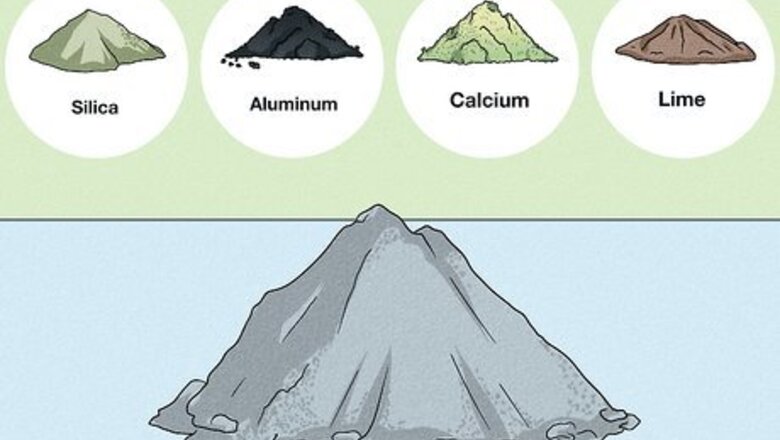
views
- Cement is an adhesive that binds extremely strongly, but doesn’t make a suitable building material on its own.
- Concrete is a combination of cement, water, and small stones. It’s a key building material you’ll find almost everywhere.
- Concrete is much stronger and more durable than cement—cement on its own won’t last long.
What is cement?
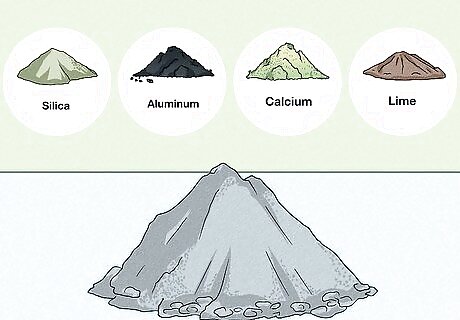
Cement is an adhesive made of lime, silica, aluminum, and calcium. Basically, picture a bunch of chalk, sand, clay, glass, and stone getting crushed up into a powder. That powder is burned at a high temperature to remove impurities. Combine that powder with a little bit of water and you get the adhesive paste know as cement! Common materials used to manufacture cement include limestone, shells, clay, and iron ore.
What is concrete?
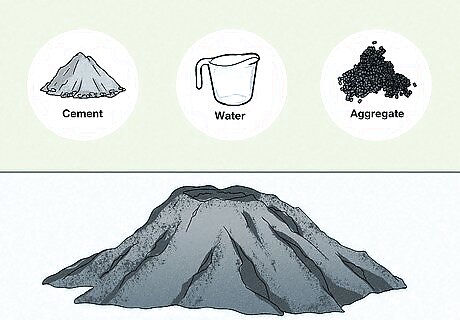
Concrete is a building material made of cement, water, and aggregate. Construction aggregate refers to coarse and medium-grained materials. In the case of concrete, that means crushed stone, sand, or gravel. All of those materials are tossed and mixed together, and you end up with concrete. There are three main types of cement: Portland cement: This is “traditional” cement. It dries quickly, is adhesive, and can be mixed to make concrete. Portland cement blends: Portland blends may be made with fly ash, pozzolan, or gypsum. It tends to be easier to use on its own than regular Portland cement. Hydraulic cement: Made with alite, belite, celite, and brownmillerite, this stuff hardens super fast and is mostly waterproof.
Key Differences
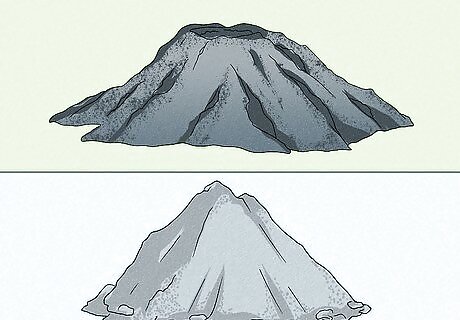
Concrete is a common building material, but cement is not. Cement is a key ingredient in concrete, and the average batch of concrete is typically 15% cement. Cement on its own doesn’t really have many applications. It dries too quickly, and while it’s a great adhesive, it isn’t nearly as strong as concrete. When you look at a bridge, patio, sidewalk, or dam, you’re looking at concrete. You might occasionally see handymen use cement for smaller jobs where they need to seal or glue something, but it’s never used for larger projects. A building made entirely of cement would crumble to pieces quickly. Concrete buildings can last hundreds of years, though! Picture the difference between milk and ice cream. Ice cream can’t exist without milk, but you’d never put whipped cream on some 2% and serve it as dessert!
Cement Uses

Cement is used to make grout, adhesive, joint compound and more! Cement can be mixed with water to create grout for your kitchen tiles, or mortar for bricklaying. Cement can be combined with sand and water to make stucco. Basically, if you have a building material that dries and hardens over time, it probably has cement in it. You typically use Portland cement to make concrete.
Concrete Uses
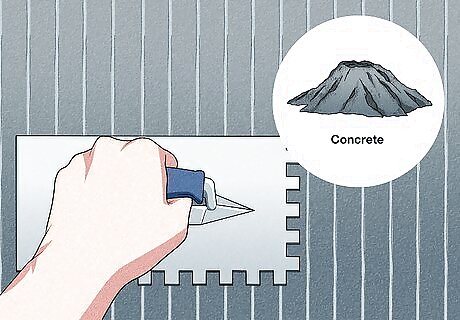
Concrete is the primary building material for most construction. Due to its extreme durability and cheap cost, concrete is the penultimate construction material around. Foundations, bridges, fences, driveways, sidewalks, buildings, and more—all of it is often made exclusively with concrete. It’s versatile, sturdy, and very easy to work with, so it’s hard imagining anything else taking its crown any time soon. There are 16 different variations of concrete, but normal concrete, plain concrete, and lightweight concrete are the most common. Basically, it boils down to the ratio of cement, water, and stone.


















Comments
0 comment